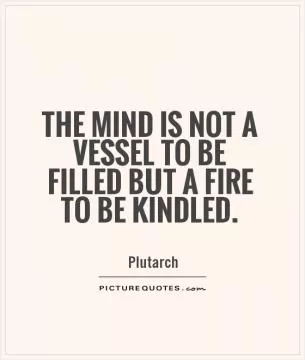Painting is silent poetry, and poetry is painting that speaks

Painting is silent poetry, and poetry is painting that speaks
Plutarch, the ancient Greek philosopher and biographer, once said, “Painting is silent poetry, and poetry is painting that speaks.” This profound statement highlights the interconnectedness of two seemingly different art forms – painting and poetry. Plutarch’s words suggest that both painting and poetry have the power to convey emotions, thoughts, and ideas in a way that transcends language and words.When we think about painting as silent poetry, we can see how visual art has the ability to evoke emotions and tell stories without the use of words. Just like poetry, a painting can capture the essence of a moment, convey a message, or express the artist’s innermost thoughts and feelings. The colors, shapes, and composition of a painting can speak volumes, communicating with the viewer on a deep and emotional level. In this sense, a painting can be seen as a form of silent communication, inviting the viewer to interpret and engage with the artwork in a personal and meaningful way.
On the other hand, when we consider poetry as painting that speaks, we can see how the written word has the power to create vivid images and evoke sensory experiences in the mind of the reader. Just like a painting, a poem can transport us to another world, allowing us to see, hear, and feel the emotions and experiences described by the poet. Through the use of language, rhythm, and metaphor, poetry can paint a picture in our minds, bringing to life the beauty, pain, and complexity of the human experience.
Plutarch’s words remind us that both painting and poetry are forms of artistic expression that have the ability to move, inspire, and provoke thought. They show us that art is a universal language that transcends boundaries and speaks to the soul. Whether through the stroke of a brush or the turn of a phrase, artists have the power to create beauty, meaning, and connection in a world that is often filled with noise and chaos. In this way, painting and poetry are not just forms of art, but also powerful tools for communication, reflection, and understanding.












 Friendship Quotes
Friendship Quotes Love Quotes
Love Quotes Life Quotes
Life Quotes Funny Quotes
Funny Quotes Motivational Quotes
Motivational Quotes Inspirational Quotes
Inspirational Quotes